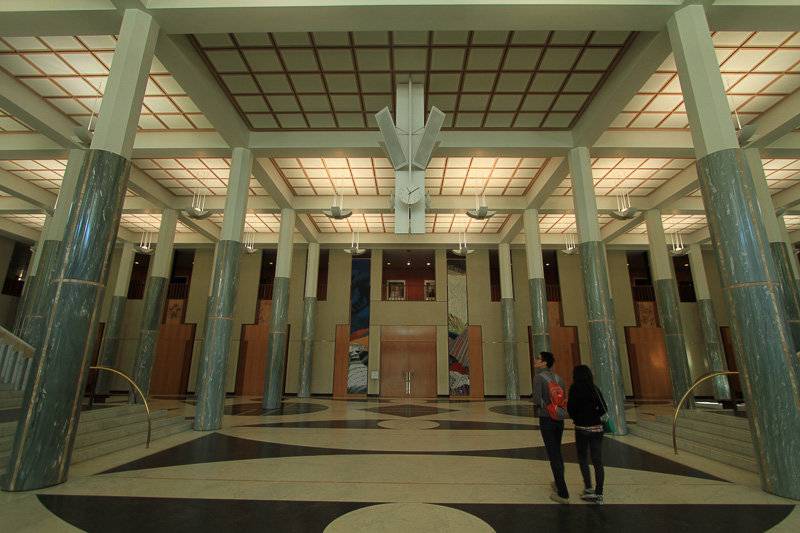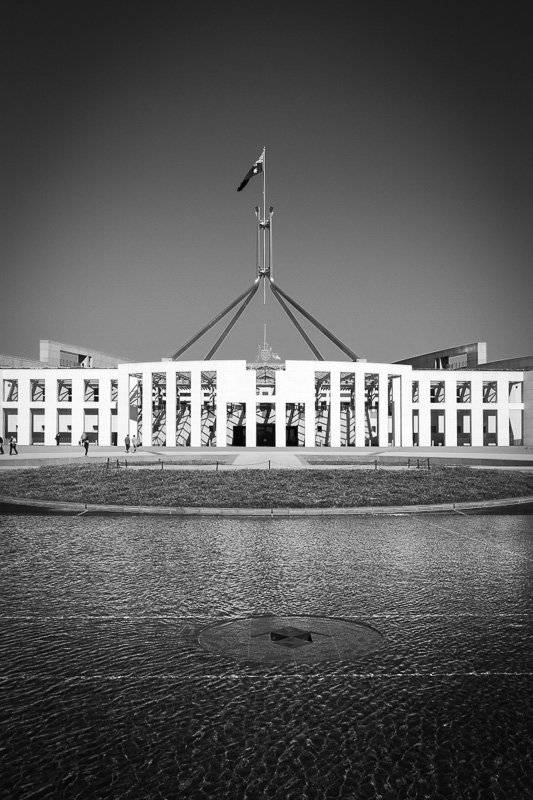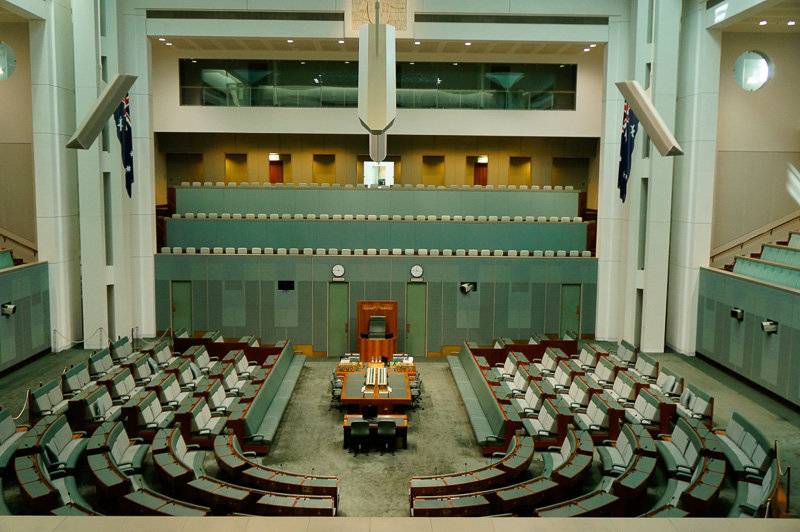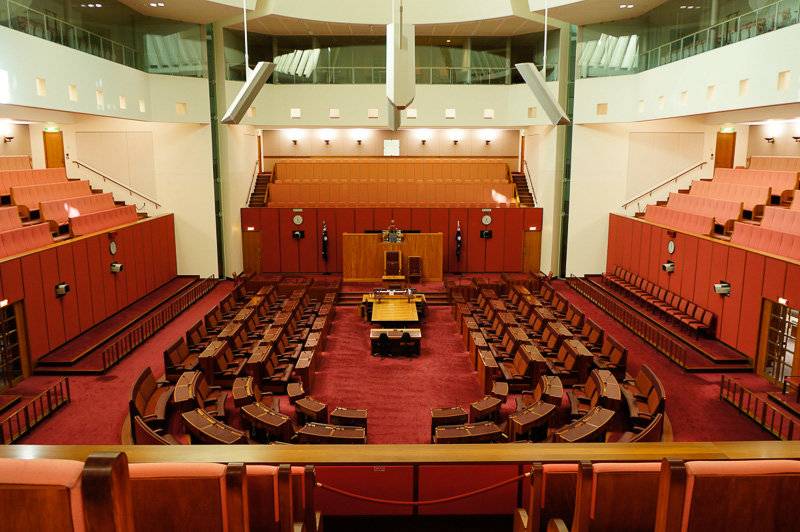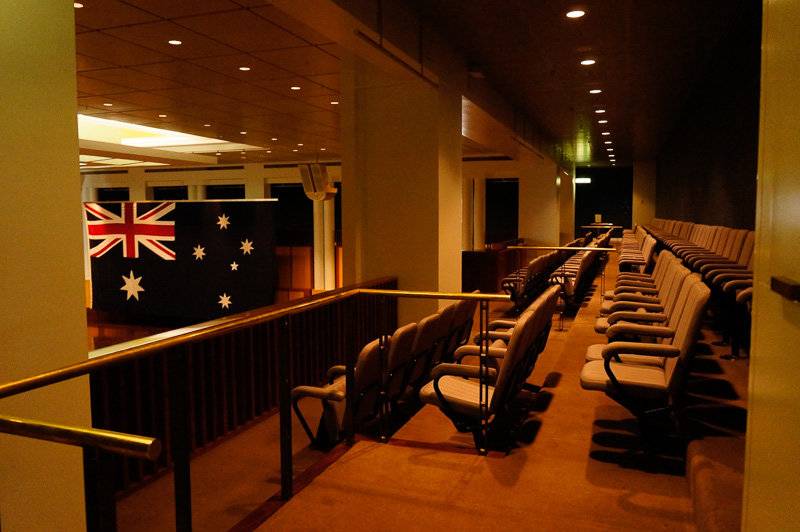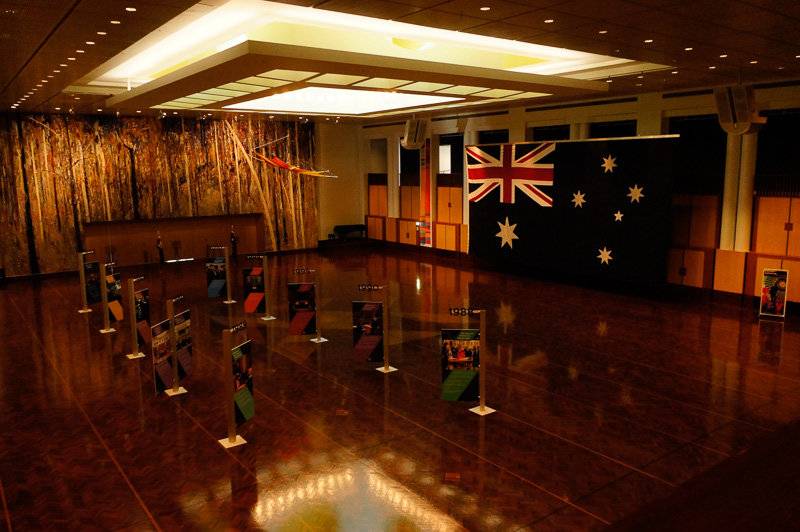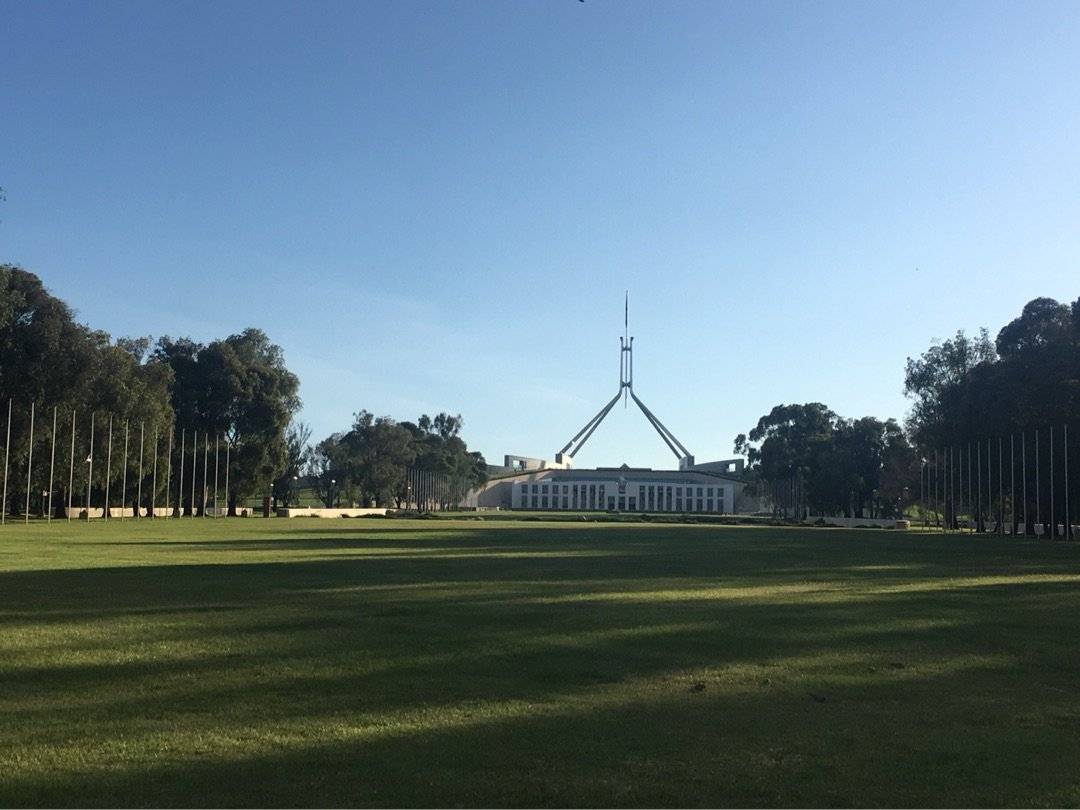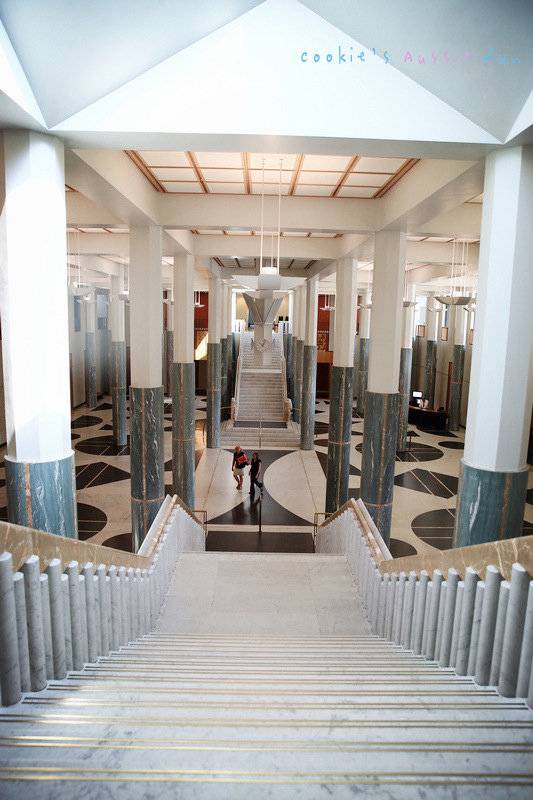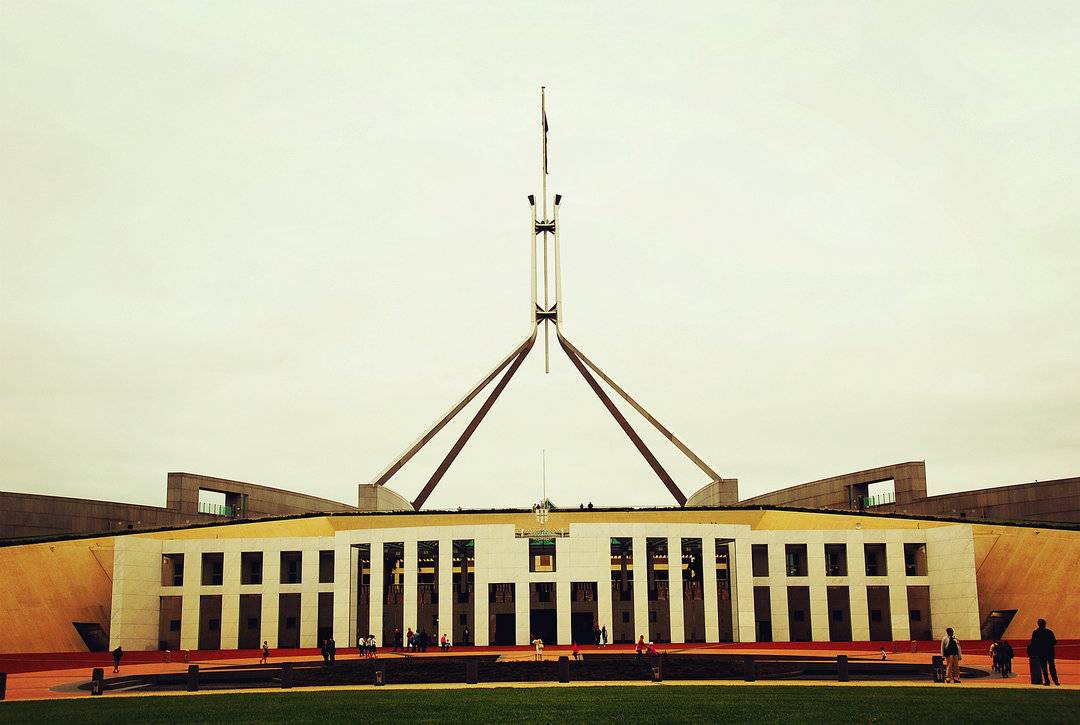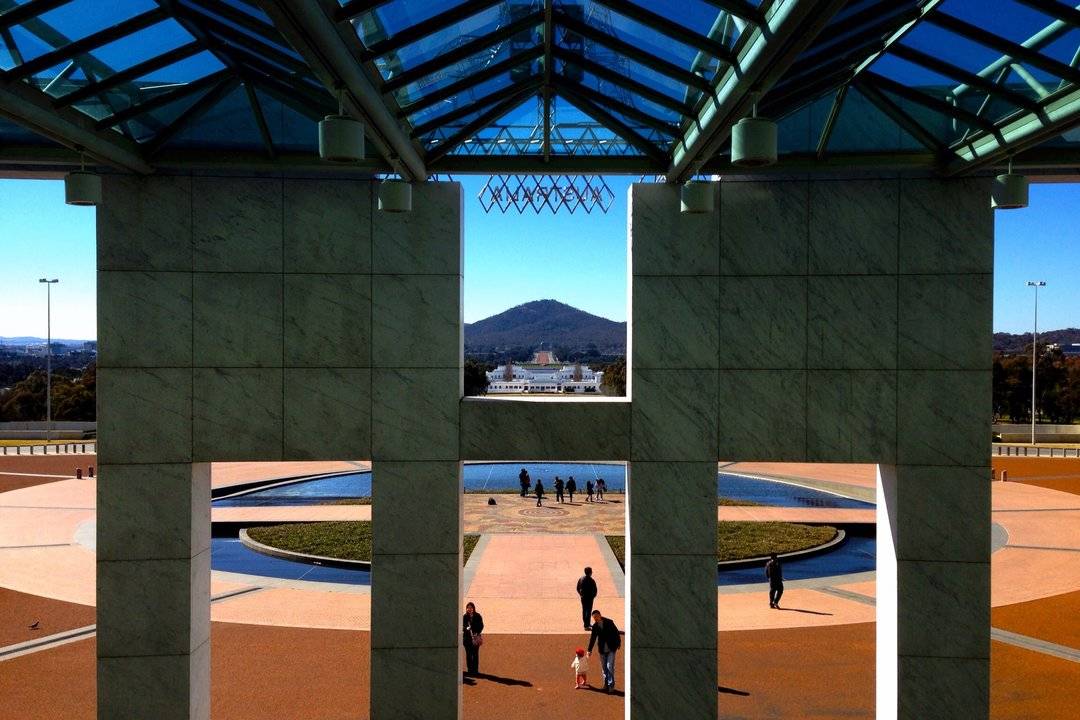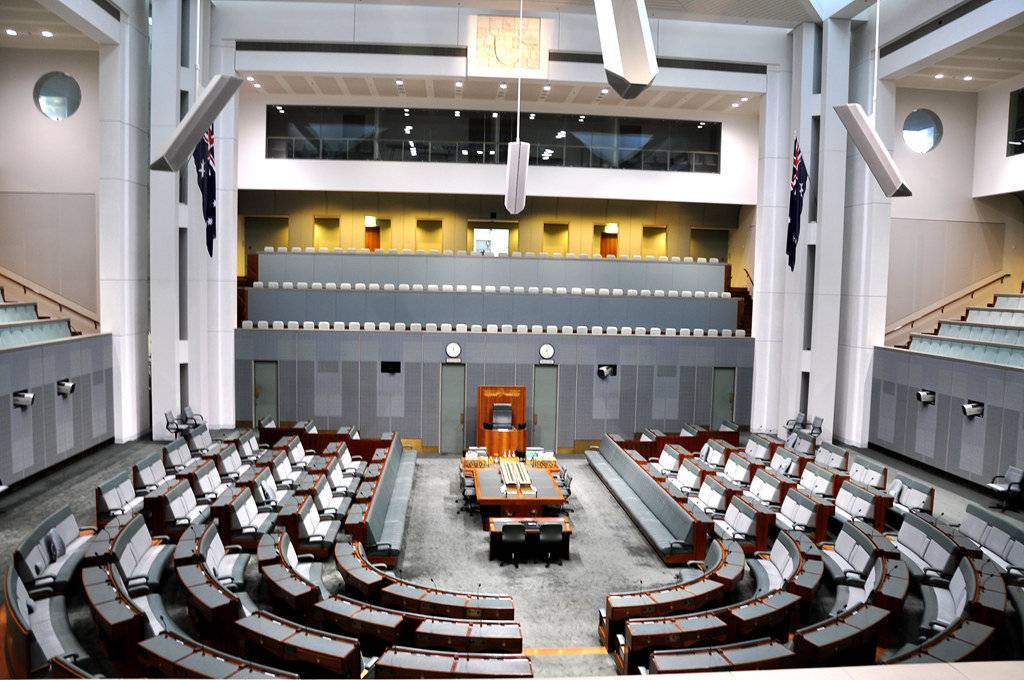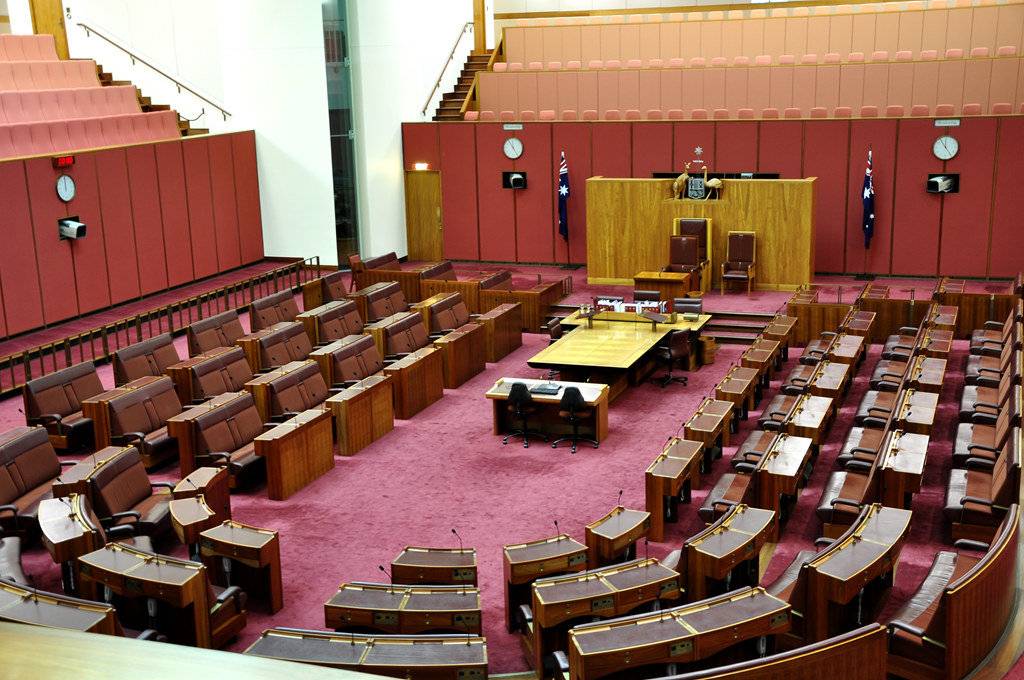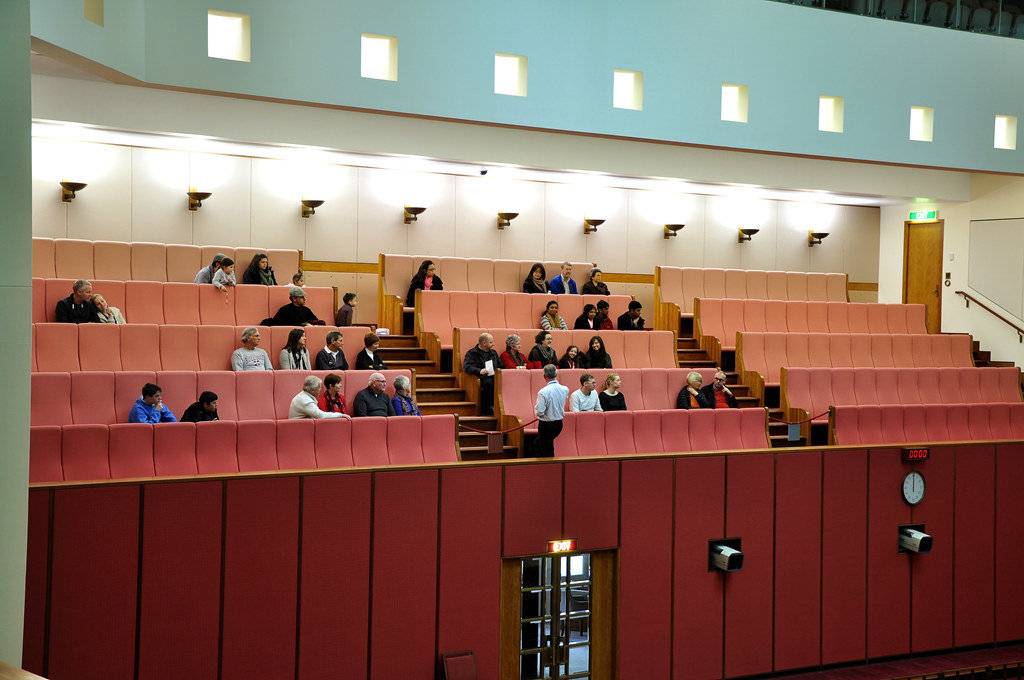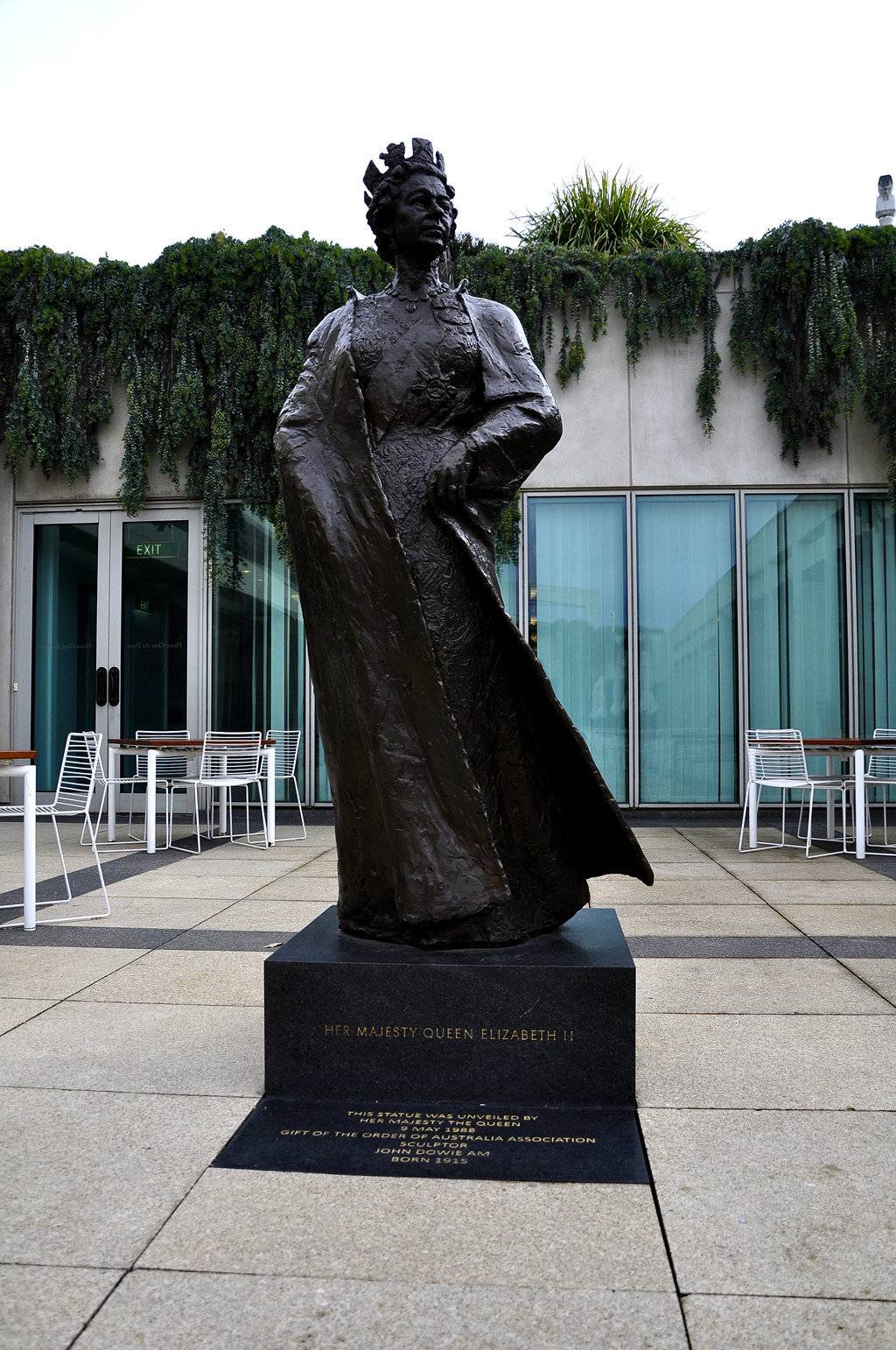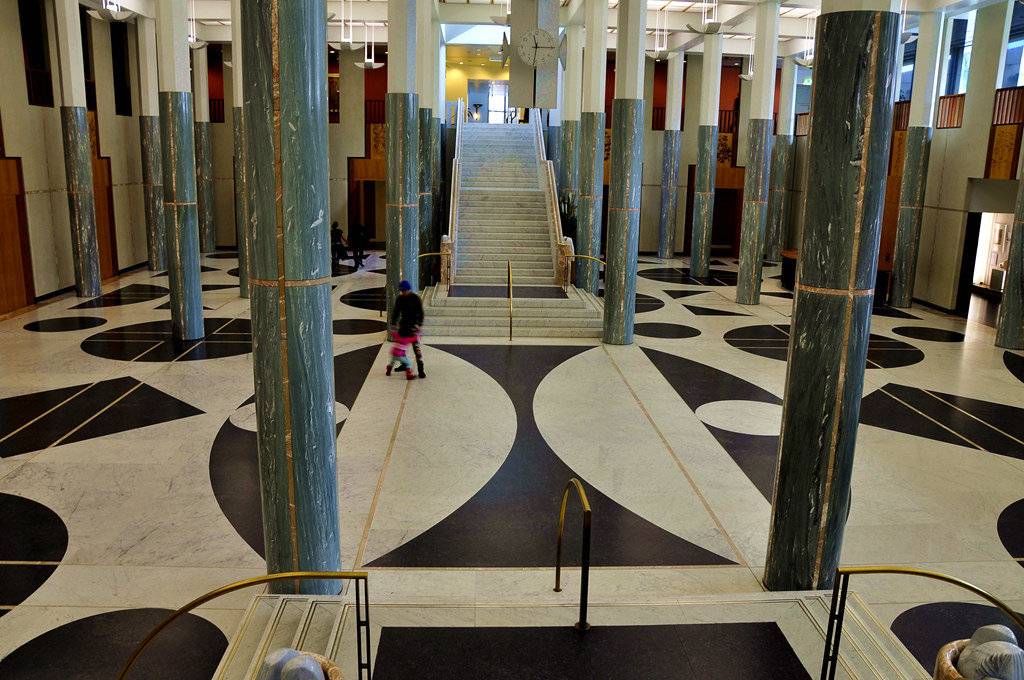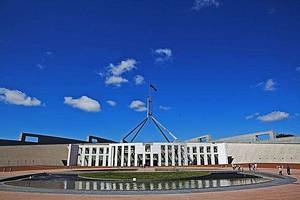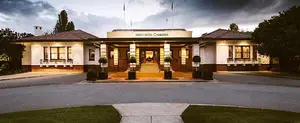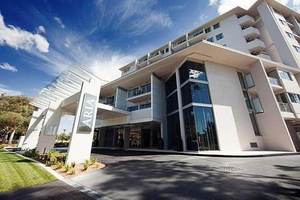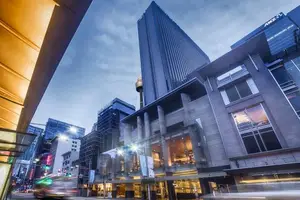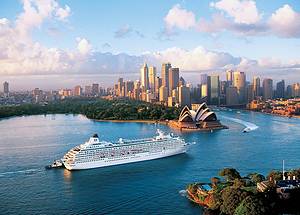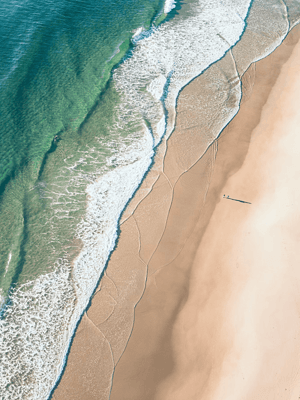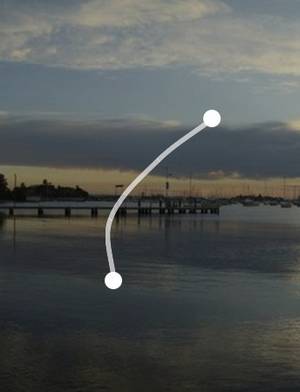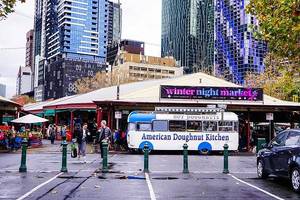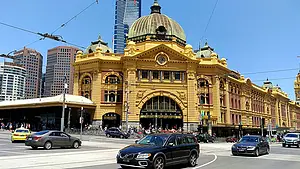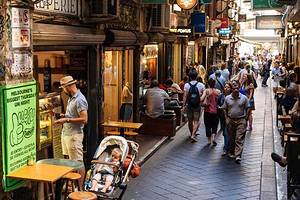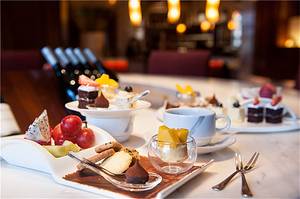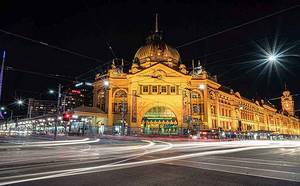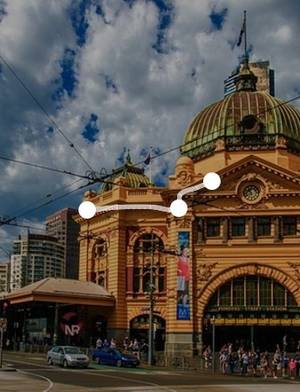Parliament House, Architectural Marvel, Democracy Embodied
Parliament House, Capital Hill
4.1
Introduction
The center of Canberra, the capital city of Australia, is one of the world famous attractions. The architecture is grand and spectacular, using elements such as bricks, high quality timber, and artwork, including the world's largest tapestry. The building covers 32 hectares and has six floors, with the ground floor being a car park. The exterior walls are made of circular granite that complements the shape of Capital Hill. The core feature is an 81-meter stainless steel flagpole standing in the center of the hall. The Parliament House offers free guided tours every 30 minutes to help visitors understand its history and internal structure. Clocks are present everywhere in the Parliament House, including the toilets, to remind people of meeting times. The Parliament House is divided into the Senate and the House of Representatives, with green seats for the latter and over 130 members, one elected per 81,000 people. The Speaker's seat is in the middle, with the seats of the leaders of the ruling and opposition parties on either side. The seating arrangement is by political party. The meeting venue also has public galleries and press galleries, making it democratic, open, and televised to the whole nation. The Senate is similar in format to the House of Representatives but with red seats, 76 seats in total, 12 for each of Australia's six states, plus two seats for the Australian Capital Territory and two seats for Indigenous Australians. The Speaker's seat has a vacant chair for the Queen of England and another chair reserved for foreign dignitaries. Address Parliament House, Capital Hill
Opening hours 9:00-17:00, closed on Christmas Day.
Transportation Take bus No.1 (Monday to Friday) or bus No.934 (weekends) from the downtown City Bus Station.
 The new congress is relatively modern
The new congress is relatively modern



